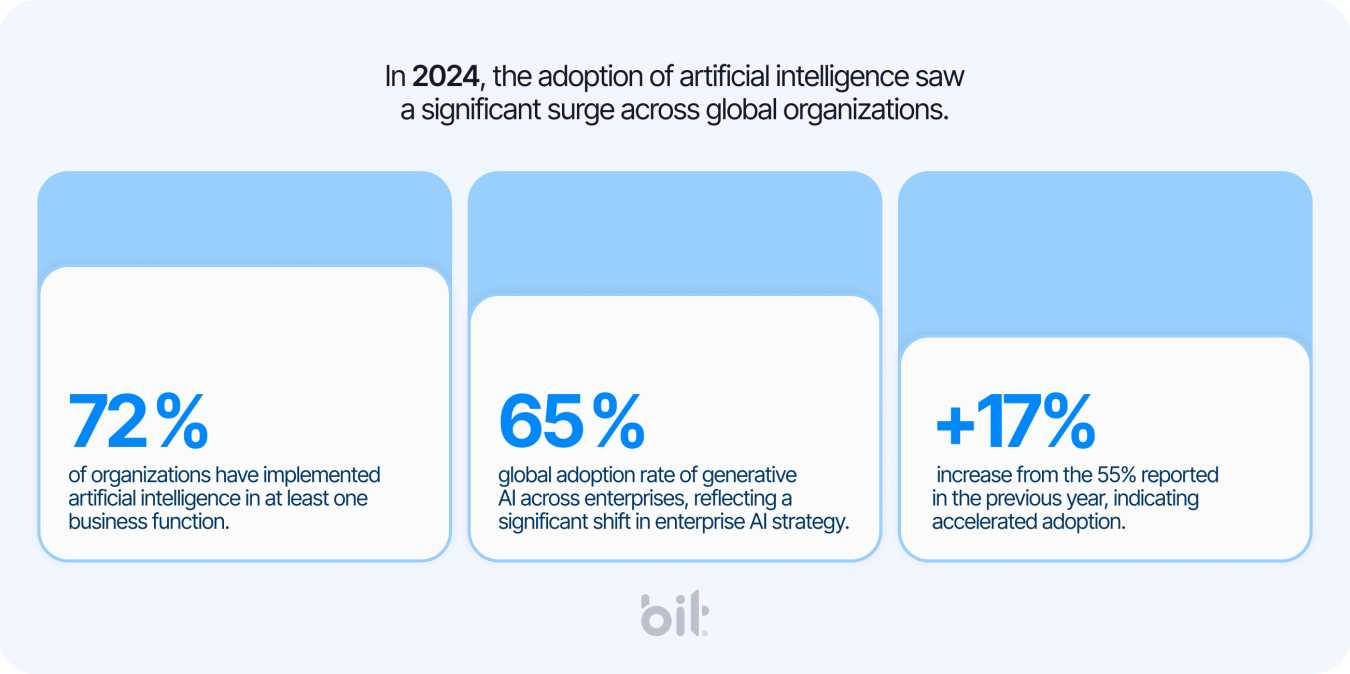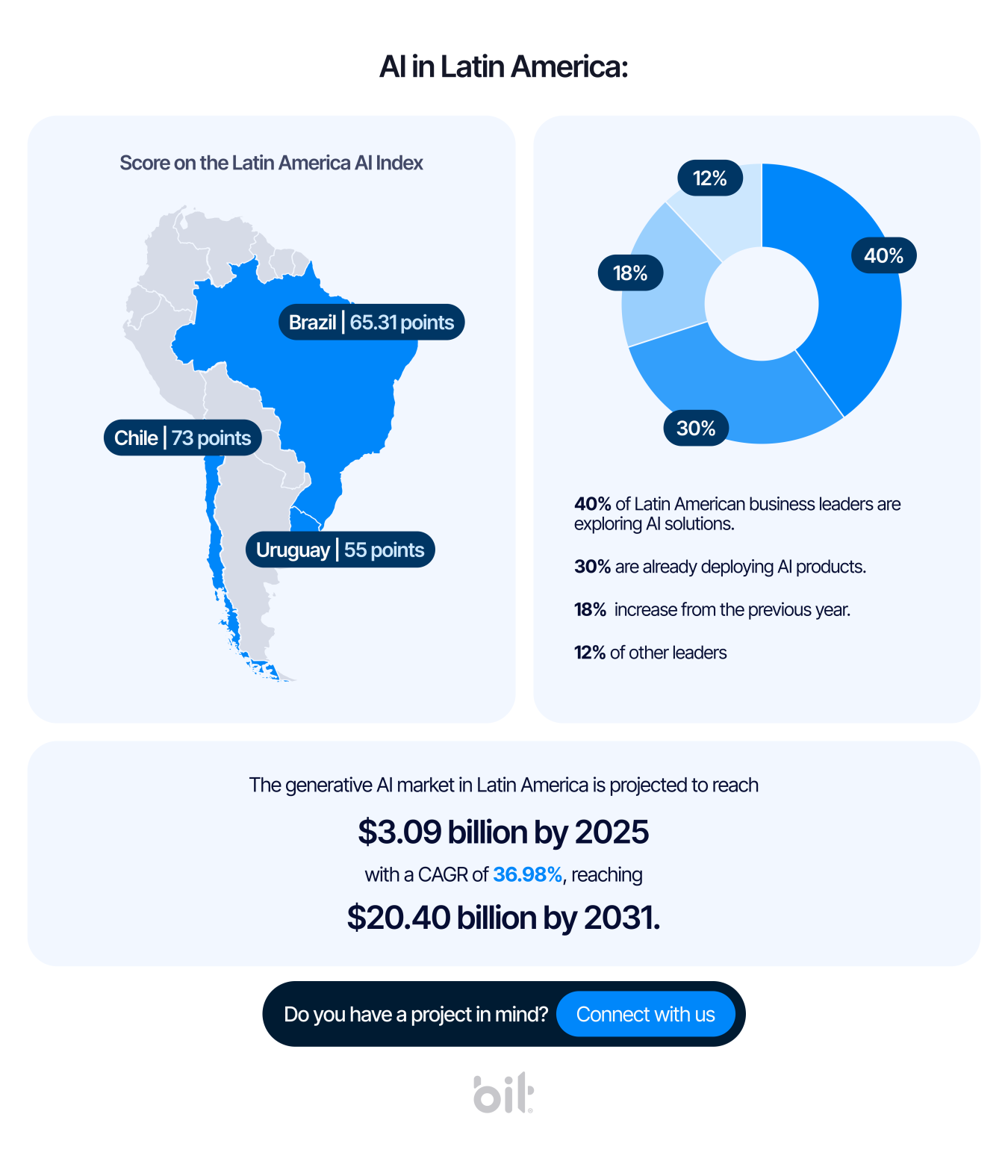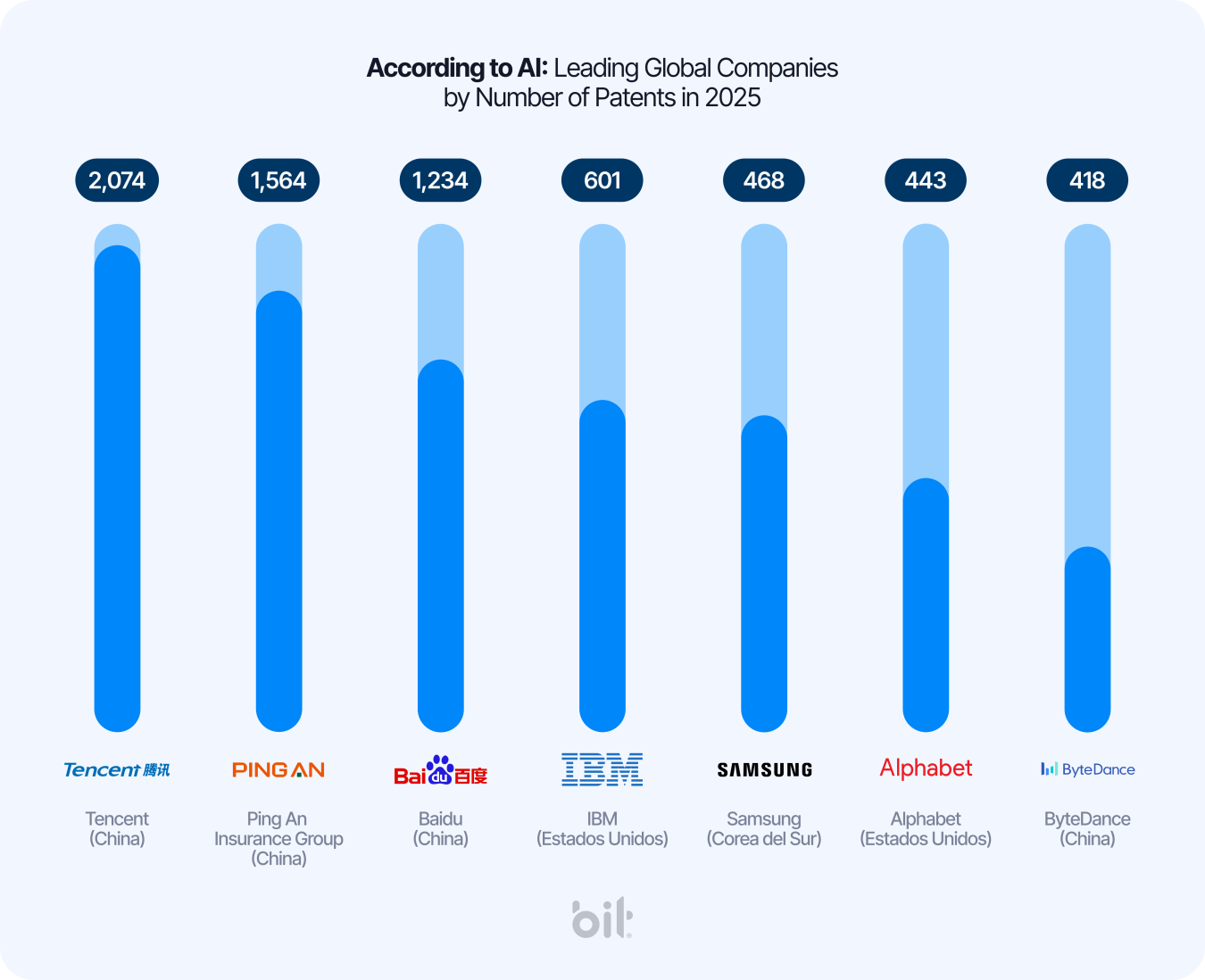- Blog
-
>
Let’s Innovate
Together.
Let’s Innovate
Together.
- Contact Us
Generative AI vs. Predictive AI: Which Does Your Business Need to Grow?

BIT Editorial Team

Share this blog:
Find out whether your company needs generative or predictive AI—and how BIT can help you implement the best solution to drive business growth.
Artificial Intelligence (AI) has evolved from a futuristic concept into a critical tool in today’s business landscape. Yet, many companies are still unsure which type of AI they should implement. This blog explore the key differences between Generative AI and Predictive AI, their real-world applications, and how to choose the right one to accelerate your company’s growth.
What Is AI?
Artificial Intelligence (AI) refers to the ability of machines to learn, reason and solve problems similar to the human cognitive functions. Modern AI uses statistical methods and machine learning techniques to recognize patterns in data, enabling it to make decisions and perform tasks traditionally requiring human intelligence.
Generative AI vs. Predictive AI: What’s the Difference?
What Is Generative AI?
Generative AI focuses on creating original or new content based on existing data. It leverages machine learning models—specifically, deep learning networks—that adapt and improve through experience without requiring explicit programming instructions. Such as the human brain, these systems learn by trial and error.
What Are Neural Networks?
Neural networks are the technical foundation of generative AI. They enable models to learn complex patterns from massive data sets and imitate human cognitive processes to generate new content such as text, images, or audio.
Applications:
Content creation: Automated generation of text, images, or video.
Design and prototyping: Development of product or service concepts.
Customer service: Advanced chatbots that engage users naturally.
Personalized learning: Adapts educational materials to individual student needs.
Meeting summaries: Converts transcripts or recordings into clear, actionable summaries.
Code generation: Creates functional code in multiple languages using natural language prompts.
By 2027, over 50% of generative AI models in businesses will be tailored to specific industries or departments, up from just 1% in 2023.
What Is Predictive AI?
Predictive AI uses machine learning algorithms to analyze historical data and forecast future trends. Unlike generative AI, which creates new content, predictive AI conducts statistical analysis to identify patterns and generate projections.
Predictive models often rely on structured data—also known as big data—rather than neural networks, and use embeddings (a technique for storing information) to find relationships within datasets and produce predictions. For example, predictive AI might use customer purchase histories to forecast what and when they are likely to buy again.
Applications:
Market trend analysis: Forecasts consumer behavior and demand.
Inventory management: Optimizes stock levels based on demand projections.
Predictive maintenance: Anticipates equipment failures before they occur.
Supply chain optimization: Identifies risks, predicts demand, and improves logistics.
Marketing campaigns: Customizes and optimizes outreach in real time.
User experience: Enhances personalization based on behavior and preferences.
AI in Mexico:
Mexico’s AI market is expected to reach $3.42 billion by 2025, with a projected CAGR of 26.25%, growing to $13.84 billion by 2031.
The generative AI segment is expected to reach $999.25 million by 2025 and grow to $6.60 billion by 2031 at a CAGR of 36.98%.
27% of AI adopters in Mexico are early adopters or innovators.
These innovations signal a major shift in business strategies. According to CEOs, 46% expect AI to increase profitability and 41% anticipate revenue growth.
Which Does Your Business Need?
The choice between generative and predictive AI depends on your organization’s specific goals:
Is your company already tapping into AI? Discover how at bit.lat
Generative AI
Technical Requirements: High processing power and storage capacity
Drawbacks:
Requires large volumes of data and substantial computational resources
May produce biased content if training data lacks diversity
Raises ethical concerns around authenticity and potential plagiarism
Predictive AI
Technical Requirements: High-quality and sufficiently large historical datasets
Drawbacks:
Highly dependent on the quality and availability of historical data
May be less effective in highly volatile or unprecedented scenarios
Requires a robust infrastructure for data processing
How to Prepare for Implementation
Needs Assessment: Identify where AI can add the most value.
Tech Infrastructure: Ensure your company has sufficient processing and storage capabilities.
Data Quality: Make sure available data is clean, relevant, and usable.
Staff Training: Equip your team with the skills to understand and use AI tools.
Expert Guidance: Partner with specialists who can guide successful implementation.
AI in Mexico is growing—and you can be part of it
Did you know there are currently 362 AI-focused companies in Mexico? With over $500 million invested between 2022 and 2023, the country is emerging as a tech innovation hub. In fact, 72% of businesses already using AI do so through third-party solutions.
How Can BIT Help?
At BIT, we specialize in delivering tailored tech solutions to meet your business needs. Our team will help you identify the most impactful areas for AI implementation and support you every step of the way.
Ready to take your business to the next level with AI?
Contact us today and discover how BIT can transform your organization.




